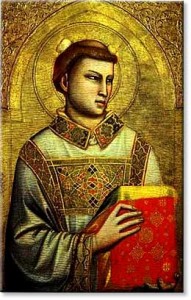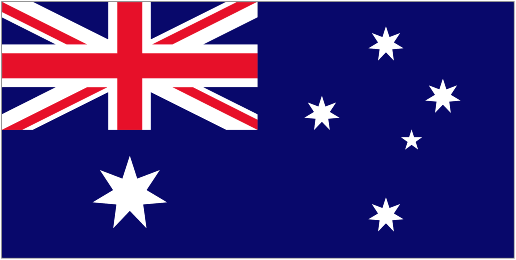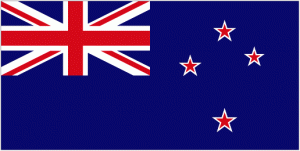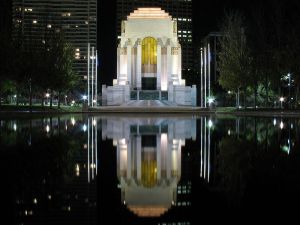February 6

New Zealand’s national holiday celebrates the signing of the Treaty of Waitangi on this day (February 6) in 1840.
The word ‘celebrate’ is disputed though. The treaty was the original agreement between representatives of the British Crown and the Maori chieftains, and its signing is considered the birth of New Zealand. However, to many Maori—the indigenous descendants who make up about a sixth of New Zealand’s population—the Treaty represents the country’s ‘original sin’.
The problem with the Treaty of Waitangi stems from discrepancies between the English and Maori translations (translated by a well-meaning but less-than-fluent English missionary in a single night) so the chieftains and the British never precisely agreed on the same stipulations. The New Zealand government solved this dilemma by, when in doubt, not honoring the Maori version. This didn’t sit well with the Maori, whose protests against the loss of their lands fell on deaf ears for over a century.
Once heralded as a symbol of victory for indigenous rights, the Treaty has become the cornerstone of a growing awareness of social injustices committed against the Maori, who protest each Waitangi Day.
But as Tariana Turia, co-leader of the Maori Party, said:
“It’s critically important that people understand that the Treaty is not about settlement, it’s not about grievance. The Treaty was a document of unity, and all of us should understand it.” – New Zealand Herald

And if there’s one thing that unifies the New Zealand people, it’s that nobody outside New Zealand understands them. Here are some “Kiwi-isms” to help you better communicate with these fun-loving but linguistically-challenged people:
A into G: arse into gear (to get going)
Box of birds: cheerful, very good
Carked it: kicked the bucket
Cellotape: scotch tape
Cotton buds: Q-tips
Dag: an amusing character
Dunny: toilet
Eketahuna: the NZ “Timbuktu”
Fanny: you don’t need to know, just never say “fanny pack”. It’s called a”bum-bag.”
Guts for garters: in big trouble
Ice block: popsicle
Judder bar: speed bump
Kia ora: “hello” in Maori
Money for jam: easy money
Off yer face: intoxicated
Pavlova: tasty dessert named for a Russian ballerina who visited NZ (though Australians try to claim it)
Rattle your dags: hurry up
Throw a wobbly: become angry
Your shout: your turn to buy drinks
More at the official NZ-to-English Dictionary
Oh, and Waitangi is the name of the river that was the site of the Treaty’s signing. It means “noisy” or “weeping river”.






